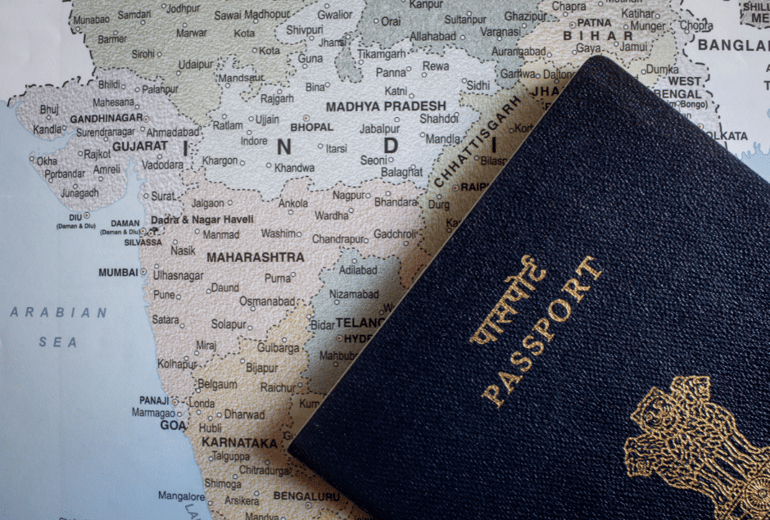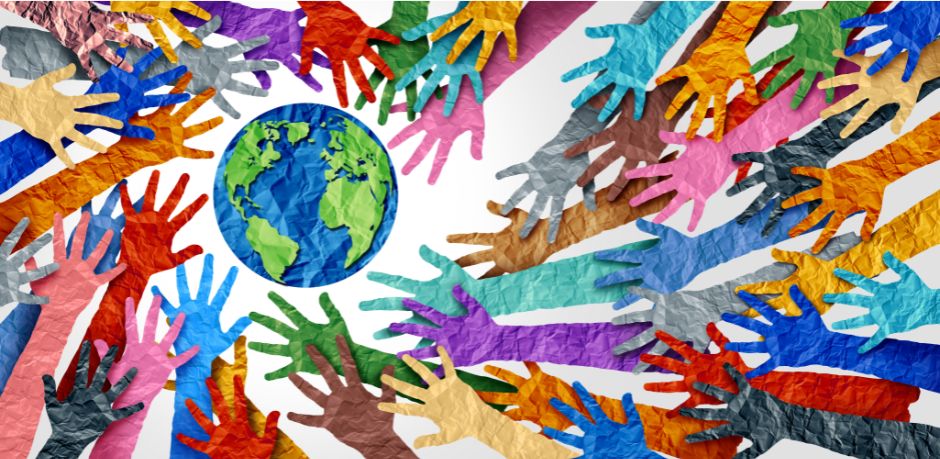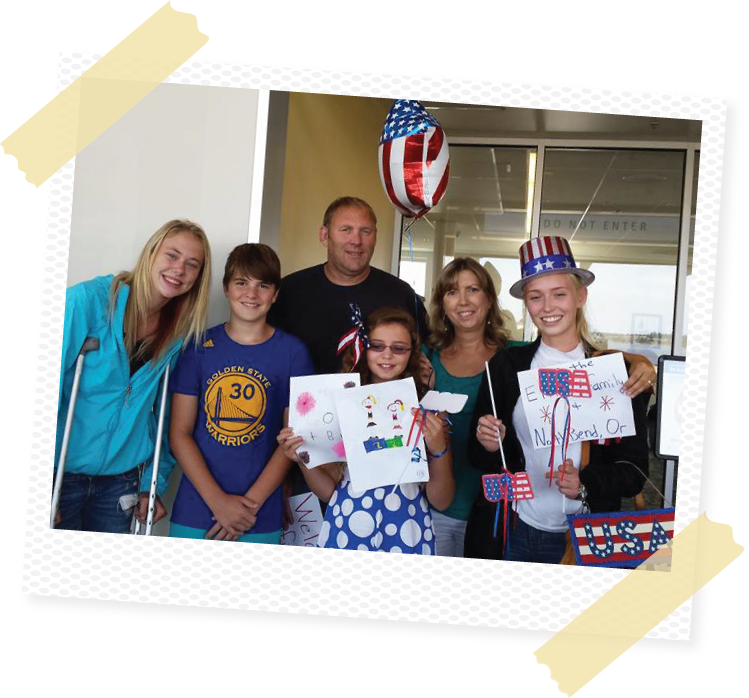Imagine allowing your teenager to pack a bag, fly halfway around the world, and live with strangers for nearly a year. Every year, tens of thousands of teens do just that—and they love it! So, how did this bold and daring adventure get started?
The Genesis of Cultural Exchange

Let's rewind to the aftermath of World War I. Picture this: nations recovering from the war's chaos and thinking, "Hey, maybe we should build better international relations." That's when the idea of cultural exchange popped up. Initially focusing on university students and academics, it laid the groundwork for a more interconnected global community.
The Post-War Boom

Fast forward to post-World War II – destruction, rebuilding, and a newfound urgency for international understanding. Governments and schools saw the potential of exchange programs to promote peace and diplomacy. So, they decided to spice things up by including high school students, giving them a taste of different cultures firsthand and helping them realize that nations across the sea are filled with ordinary people.
The Experimentation Phase

The '50s and '60s brought an era of experimentation and growth in high school exchange programs. Organizations, both big and small, started cooking up initiatives to connect students from diverse backgrounds. The goal? Not just exposing them to different cultures but also creating lasting connections and friendships between individuals and families—which could translate into better relationships between nations.
The Kennedy Era and Cultural Diplomacy

Zooming into the '60s, especially during JFK's time, cultural diplomacy took the spotlight. The U.S. government recognized the power of people-to-people connections. Organizations played a key role in making student exchanges happen, all about fostering goodwill and mutual respect.
The Advent of J-1 Visas

In the swinging '60s, the U.S. introduced J-1 visas, letting foreign students study in American high schools. This move formalized and streamlined the process of bringing exchange students to the United States. The J-1 visa program paved the way for the structured, regulated exchange programs we know today.
Global Expansion and Diversity

As the world kept getting smaller, high school exchange programs expanded to include a diverse range of countries and cultures. International organizations played pivotal roles in making global exchanges happen. Students from Asia, Europe, and South America – you name it – got in on the action, experiencing a mix of education, cultural immersion, and personal growth.
Challenges and Adaptations

Over the years, high school exchange programs faced their fair share of challenges – logistics, cultural hiccups, and geopolitical tensions. But the enormous value has driven leaders to find solutions, to adapt and evolve. Today, these programs are still thriving, offering high school students—and their host families--incredible opportunities for cross-cultural experiences and personal growth.
From a post-war diplomatic idea to a buzzing part of modern education, high school exchange students have come a long way. Thanks to the efforts of governments, organizations, and individuals, these programs have created global citizens, fostering understanding and friendship. As we look back on the origins of high school exchange programs, it's clear they're not just about classrooms – they're building a more interconnected and harmonious world. And we will all benefit from that.
|
You can join the movement and have the valuable experience of promoting global diplomacy while enriching your family life. Click below to request more information, and one of our helpful staff will reach out to you. Together we can make the world a better place! |
This article was written with assistance from ChatGPT.


.png?width=121&height=120&name=Logo%20-%20ICES%20Transparent%20(small).png)

